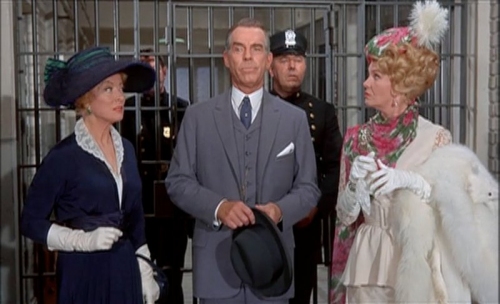The Happiest Millionaire has a bittersweet history to it. Disney, and Walt himself, envisaged it to be the follow-up hit to Mary Poppins. It was the first big-scale musical that the studio created after Poppins. But the timing was wrong.
Millionaire is a story about a World War I military enthusiast named Anthony Drexel Biddle, a real-life character. The musical was based on the 1956 Broadway play of the same name by Kyle Crichton, which was based on a book called My Philadelphia Father, written by Biddle’s daughter, Cordelia Drexel Biddle.
The film was released at the height of the Vietnam War, when the English-speaking world had lost its taste for war. As a result, the film was largely a failure at the box office, contrary to the Sherman Brothers’ other film from 1967, The Jungle Book, which, like Poppins three years earlier, would prove to be the biggest grossing film of its year.
The Happiest Millionaire has phenomenal moments in it, and beautifully crafted characters. But the screenwriter, the great AJ Carothers, had the challenge of dealing with the Drexel Biddle family members who were portrayed in the film. The film was about real people – an eccentric man with an eccentric family, many of whom were still alive at the time the script was written.
Imagine someone writing your family story. (I know I can!) Every member of the family has a different point of view, different memories and different priorities and agendas that they want to come across in your screenplay. I can empathise with AJ Carothers being stuck in the middle of differing family perspectives.
Still, I think there’s something very special about holding a 50th anniversary retrospective of this particular film because, indeed, The Happiest Millionaire was itself a retrospective of a family’s experience from fifty years earlier. So to look back on the film itself, fifty years after it was made, has a certain poetic symmetry to it.
Why wasn’t The Happiest Millionaire a bigger hit in its day?
In the second of a two-part blog series marking the 50th anniversary of Disney release The Happiest Millionaire, Robbie Sherman explores why the film didn’t prove to be the follow-up hit to Mary Poppins as expected.
© 2021 MusicWorld (UK) Ltd. | Site by: Elate Global | Design by: Rebecca Pitt



